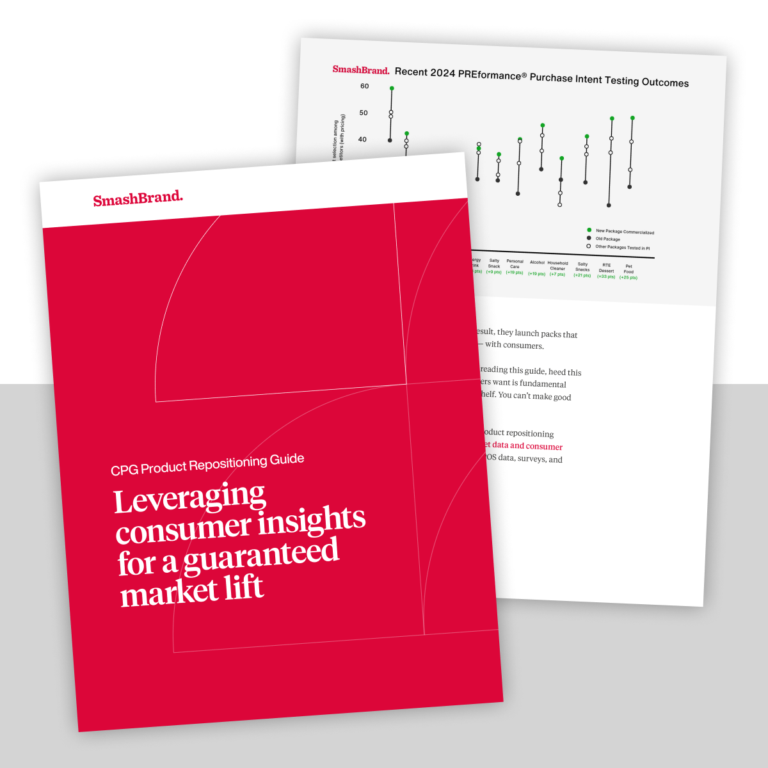What to tell cynics who don’t believe in the positive consumer benefits of branding and marketing.
Packaging design is often perceived as a clever ploy by evil moustache-twirling marketing executives to trick customers into buying their product instead of the identical-in-quality-but-sold-in-hideous-packaging product right down the aisle. In fact, packaging design benefits are not limited to serving corporations so that executives can delight in their glory of their profits. Packaging also serves the customer. So before some people embark on a finger-wagging lecture on the ethics of marketing, let’s take a closer look at these five ways that well-designed packaging actually helps the customer.
1. Protects the Original Product
Packaging design helps protect against counterfeit products. Large brands are often targeted for counterfeit, which obviously hurts the brand but also hurts the consumer since they don’t actually know what they’re buying. By adding a distinct feature to packaging, manufacturers can make their product more difficult to counterfeit. For example, a scratch-resistant, high-gloss or textured surface is less likely to be reproduced in exactly the same way than a more standard packaging surface.
2. Adds Functionality
Added functionality is one of the biggest and brightest packaging design benefits. Who wants to buy a product that doesn’t actually fit into your life in the way that you might use it on a practical, day-to-day level? For instance, if Red Bull cans were so wide that they couldn’t fit into your car’s cup-holders while you drag race to the next nightclub or sit comfortably in your increasingly tightened grip as you manically go about your busy day, how many customers would actually purchase this item over the many other energy drink options? Here are just a few examples of the many ways that well-designed packaging can add functionality to a product:
- Eyeshadow that is arranged in the same pattern that a user might apply the various shades
- Bottles with indentations in the grip for easy handling
- Household items, such as laundry detergent, with a transparent strip so consumers know when to restock
- Food items specially designed to fit in a microwave as well as be microwave-safe and burn-proof
3. Makes Product Selection Easier
This one may seem like a copout, but it’s true. Consumers today are busy and frankly, don’t have the time to research every available option in any given market to carefully and thoughtfully select the product most suitable for their needs. So give the customer a break and make the decision for them. By standing out from the crowd, you’re essentially making it that much easier for the consumer to select a product. Products can stand out in a variety of ways, whether that means simply being bright and shiny or showcasing the qualities that your target consumer is interested in, like environmental sustainability, health or beauty.
4. Offers an Additional Purpose
Who doesn’t love buying a product that, when finished, will leave you with a stellar package that you can then repurpose? But aside from repurposing the actual package, some beauty products today come equipped with a wearable charm or accessory to help the customer spruce up a bit. This works especially well because the added packaging design benefit is related to the product itself in that both target consumers in the beauty supply market.
5. Enhances the Consumer’s Experience
A positive consumer experience should be the end-goal of any product, and well-designed packaging can contribute to this end. For instance, fragrance sprays have been found to increase the emotional connection the consumer feels to the brand when the feeling of applying the spray is enhanced. Additionally, seasonal products can be enhanced with a scent to make them more appealing as gifts or even personal purchases. When packaging design benefits include making the customer feel special, you can count on a positive consumer experience.
In the end, what well-designed packaging really comes down to is serving the customer, not the company. When companies help your customers with awesome packaging design benefits, customers will help them right back with brand loyalty.
Subscribe to
Nice Package.
A monthly newsletter that unpacks a critical topic in the FMCG & CPG industry.
Free Resource.

CPG product repositioning guide.
Explore the five undeniable signs your CPG product needs repositioning along with strategies for leveraging consumer insights for a guaranteed market lift.
Learn More About CPG product repositioning guide.